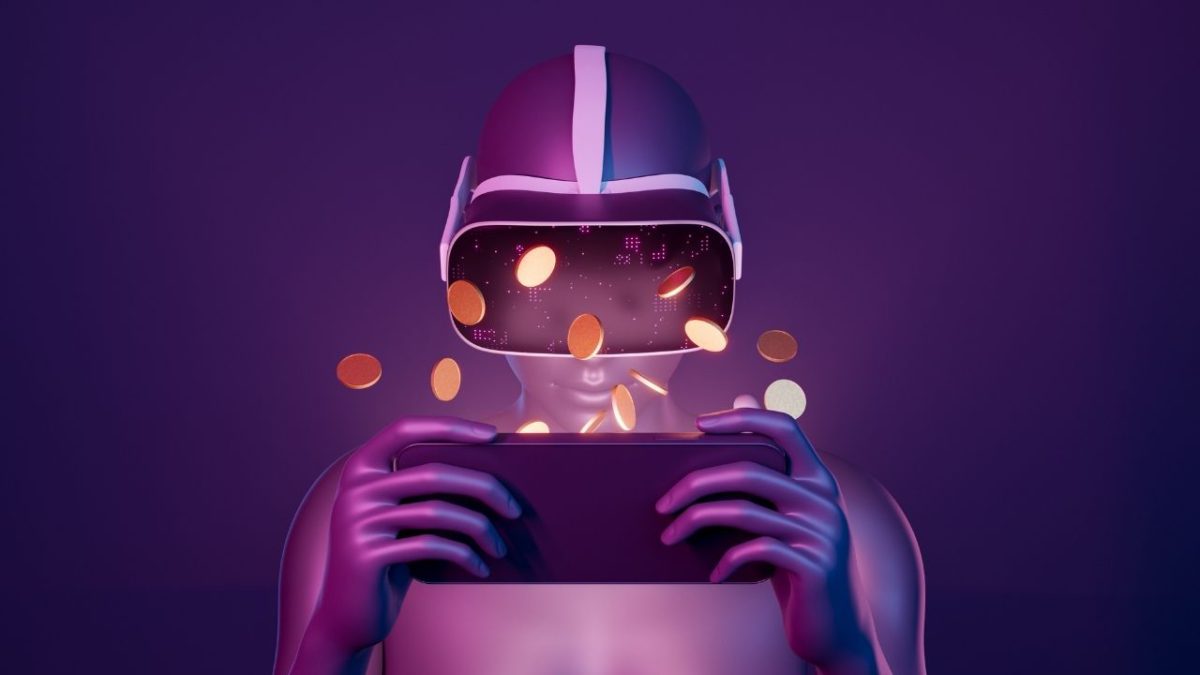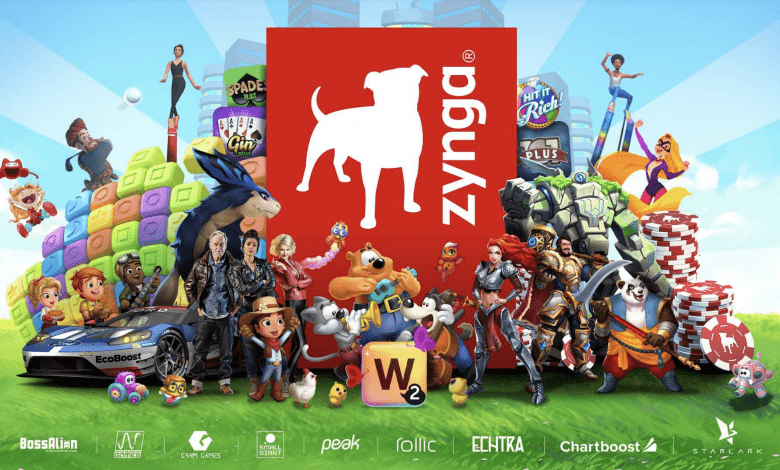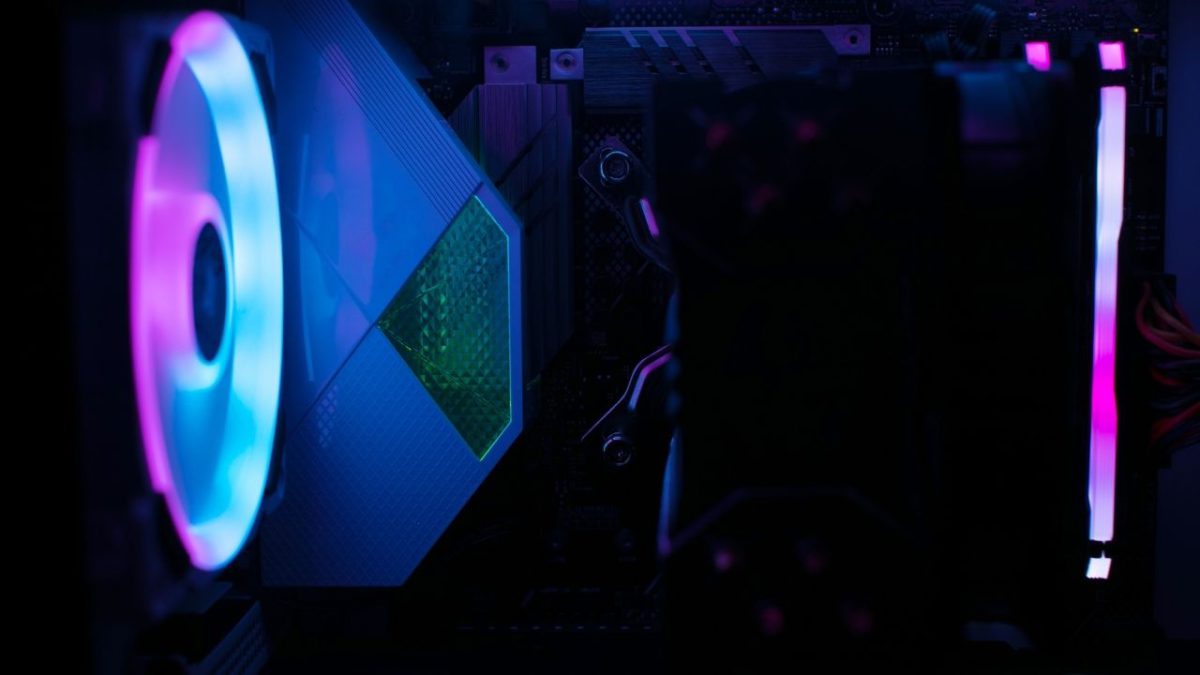Is a revolution coming with Play-to-Earn?
As more investment options have become available, Play-to-Earn (P2E) allows consumers to earn significant earnings simply by playing a game. For many people, this alters their investment environment.
Many economic models have entered the market as a result of the emergence of cryptocurrencies, mainly the non-fungible token (NFT) industry. The thought of earning any kind of monetary reward for playing video games would have been ridiculed just a few years ago. By 2022, there are a number of cases where players can earn significant financial rewards merely by engaging in various in-game activities. One of them is Play-to-Earn (P2E). These allow users to make a lot of money while playing their favorite games. We’ll go over the concept of Play-to-Earn in-depth in this article.
The fundamentals of Play-to-Earn (P2E)
Play-to-Earn or P2E games are designed to assist users in farming/collecting various cryptocurrencies and NFTs, as the name implies. After that, they can be sold on third-party marketplaces for a profit. To put it another way, players can earn products, tokens, and other items by playing Play-to-Earn games, which can then be sold to generate side revenue streams. According to reports, a number of players around the world have already begun to use these games to enhance (and occasionally replace) their present income streams. However, it goes without saying that such activities carry a certain amount of risk. Users are frequently required to contribute a significant amount of seed capital in order to participate (by acquiring characters, items, etc.).
On a more technical point, while each P2E game’s reward accrual system is different, most use staking. Older blockchain games relied heavily on a randomized chance system for players to receive incentives. However, most P2E games today have creator economics, which requires users to simply execute particular tasks in order to earn a guaranteed income. Users can either farm the game’s native crypto coin or generate tradeable NFTs with them.
What role does blockchain play in all of this?
P2E is based on a concept that isn’t wholly new. Fiat-based economies are used in a few online MMO-RPGs (massively multiplayer online role-playing games). When it comes to cryptocurrency games, the distinction is that they employ a blockchain system as the backbone to address concerns like provenance, rarity, and so on.
Furthermore, the usage of a blockchain assures that any gaming transaction is recorded on an immutable database. So much so that the network’s governance is decentralized, with each node having a copy of the whole data set in question. As a result, the risk of fraud resulting from data tampering, duplication, or deletion is almost avoided.
Also, read – The Complete Guide to Blockchain Gaming and How it Could Revolutionize the Industry
The relationship between blockchain games and the Metaverse/Web3 environment
Another advantage of blockchain-based Play-to-Earn games is that they have established a solid foundation for numerous Web3/metaverse-focused crypto movements. This is due to the fact that decentralization is their primary differentiator. In this sense, Web3 denotes an entirely new iteration of the internet ecosystem. Especially one that uses a token-based economy that is built on a blockchain foundation. The metaverse is also a factor to consider. It is based on the usage of a financial framework that employs a variety of crypto assets, ranging from stablecoins to NFTs and everything in between. The still-nascent NFT sector saw more than $40 billion in trading within the last year. As a result, it’s safe to assume that this innovative asset class will be used in an increasing number of P2E games in the future.
Players can make money by playing Web3 games and collecting NFTs, which they can then trade on exchanges that support their native token standard. As previously stated, the NFTs can represent anything, including in-game goods, personalities, cosmetic upgrades, and so on. Finally, these tokens can be stacked and locked into smart contracts to receive consistent returns. All of these factors suggest that the metaverse and blockchain game economies will stay intimately interwoven for the time being.
Stay informed with daily updates from Blockchain Magazine on Google News. Click here to follow us and mark as favorite: [Blockchain Magazine on Google News].
Get Blockchain Insights In Inbox
Stay ahead of the curve with expert analysis and market updates.
latest from tech
Disclaimer: Any post shared by a third-party agency are sponsored and Blockchain Magazine has no views on any such posts. The views and opinions expressed in this post are those of the clients and do not necessarily reflect the official policy or position of Blockchain Magazine. The information provided in this post is for informational purposes only and should not be considered as financial, investment, or professional advice. Blockchain Magazine does not endorse or promote any specific products, services, or companies mentioned in this posts. Readers are encouraged to conduct their own research and consult with a qualified professional before making any financial decisions. The featured image used is just a creative depiction of the title and it does not intend to hurt sentiments of any person or institution. If it hurts anyone sentiments, please do not hesitate to reach out to Blockchain Magazine.

 Bitcoin
Bitcoin  Ethereum
Ethereum  XRP
XRP  Tether
Tether  Solana
Solana  USDC
USDC  Dogecoin
Dogecoin  Cardano
Cardano  Lido Staked Ether
Lido Staked Ether  TRON
TRON  Wrapped Bitcoin
Wrapped Bitcoin  Chainlink
Chainlink  Wrapped stETH
Wrapped stETH  Avalanche
Avalanche  Sui
Sui  Stellar
Stellar  Hedera
Hedera  Toncoin
Toncoin  Shiba Inu
Shiba Inu  LEO Token
LEO Token  Hyperliquid
Hyperliquid  Bitget Token
Bitget Token  Litecoin
Litecoin  WETH
WETH  USDS
USDS  Polkadot
Polkadot  Bitcoin Cash
Bitcoin Cash  Ethena USDe
Ethena USDe  Wrapped eETH
Wrapped eETH  MANTRA
MANTRA  Uniswap
Uniswap  Ondo
Ondo  Pepe
Pepe  Aave
Aave  Monero
Monero  NEAR Protocol
NEAR Protocol  WhiteBIT Coin
WhiteBIT Coin  Mantle
Mantle  Official Trump
Official Trump  Aptos
Aptos  Dai
Dai  Internet Computer
Internet Computer  Ethereum Classic
Ethereum Classic  Bittensor
Bittensor  Cronos
Cronos  OKB
OKB  POL (ex-MATIC)
POL (ex-MATIC)  Gate
Gate 



